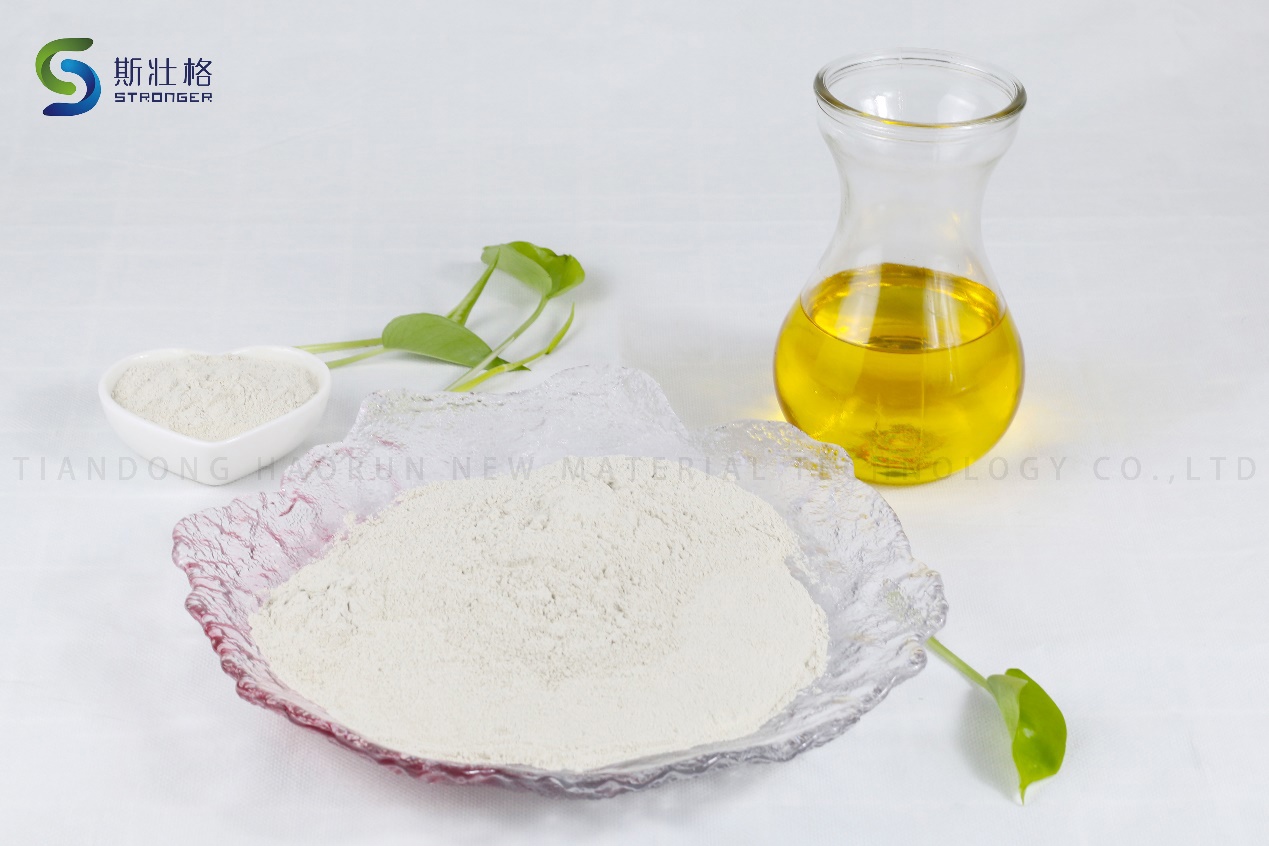Food-grade activated clay

Introduction:
The chemical composition of activated clay is SiO2 50% to 70%, Al2O3 10% to 16%, Fe2O3 2% to 4%, MgO 1% to 6%, etc. It is an odorless, tasteless, non-toxic white or beige powder or granules. It is scattered and greasy in density 0.6~0. 8g/cm³. It is an aluminosilicate compound insoluble in water, organic solvents, various oils and lipids. The molecules have a layered structure, and there are many irregular holes on the surface. When heated to above 300°C, the interlayer water is removed, and it has unique adsorption properties. It is easy to absorb moisture and has catalytic properties, almost completely soluble in hot caustic soda solution.
National Standard
Item | Index |
Surface Area, m2/g ≥ | 130 |
Free Acid(H2SO4), w/% ≤ | 0.30 |
Free Moisture,w/% ≤ | 12 |
Particle Size(Through 0.075 ㎜ mesh),w/% ≥ | 90 |
Filtration rate | Passed |
Bulk Density, g/mL | 0.55±0.10 |
PH(50g/L suspension liquid) | 2.2~4.8 |
Heavy Metal(as pb), mg/kg ≤ | 40 |
As, mg/kg ≤ | 3 |
Tips: According to customer requirements, indicators and technical solutions can be customized. |
Application:
Special adsorbent for oils and fats, mainly used for decolorization and refining of mineral oil, vegetable oil, animal oil, solid paraffin, fatty acid, high-grade ethanol and benzene; used for decolorization and refining of glucose, maltose, fructose, sucrose and other products as well as wine making, citric acid, MSG and other products decolorization and purification.
上一篇:Industrial-grade activated clay
下一篇:无


